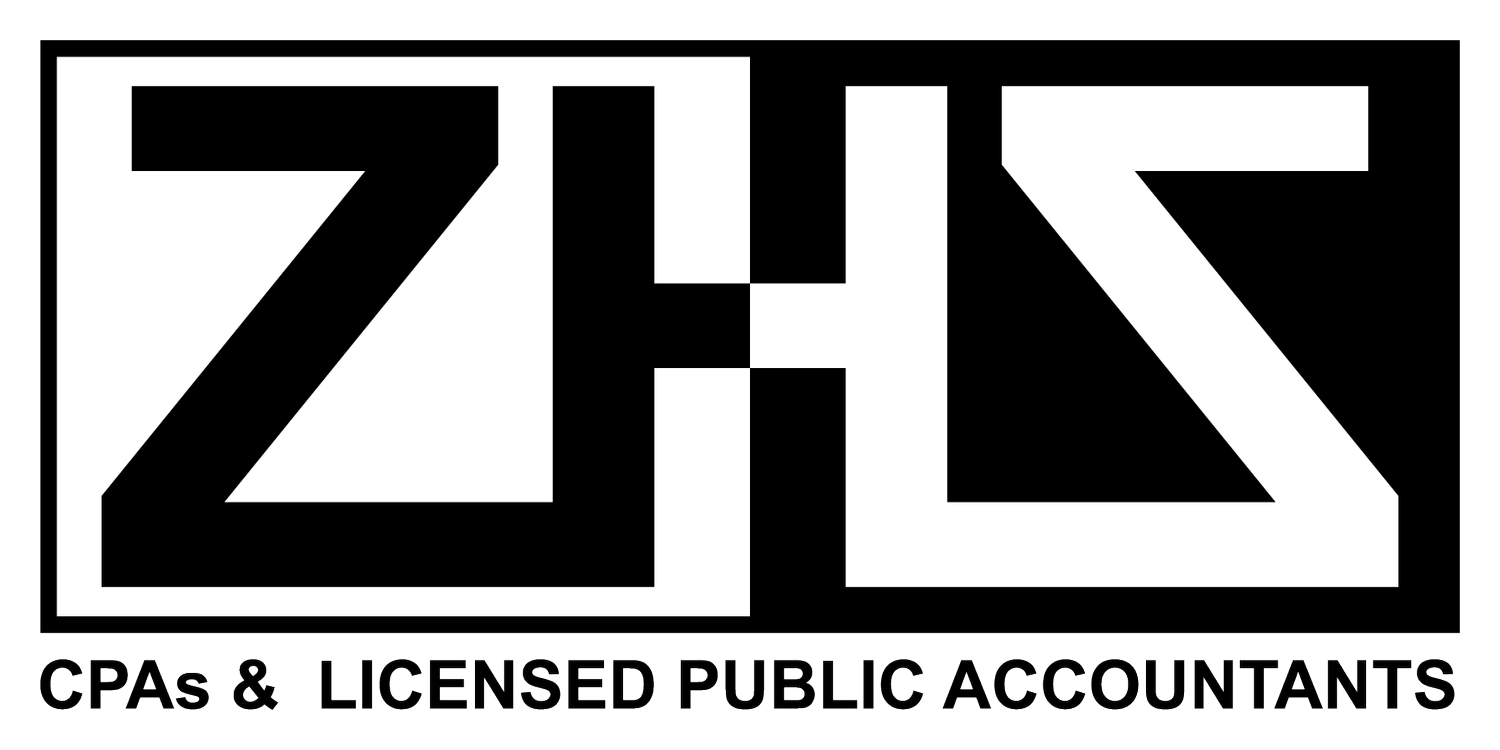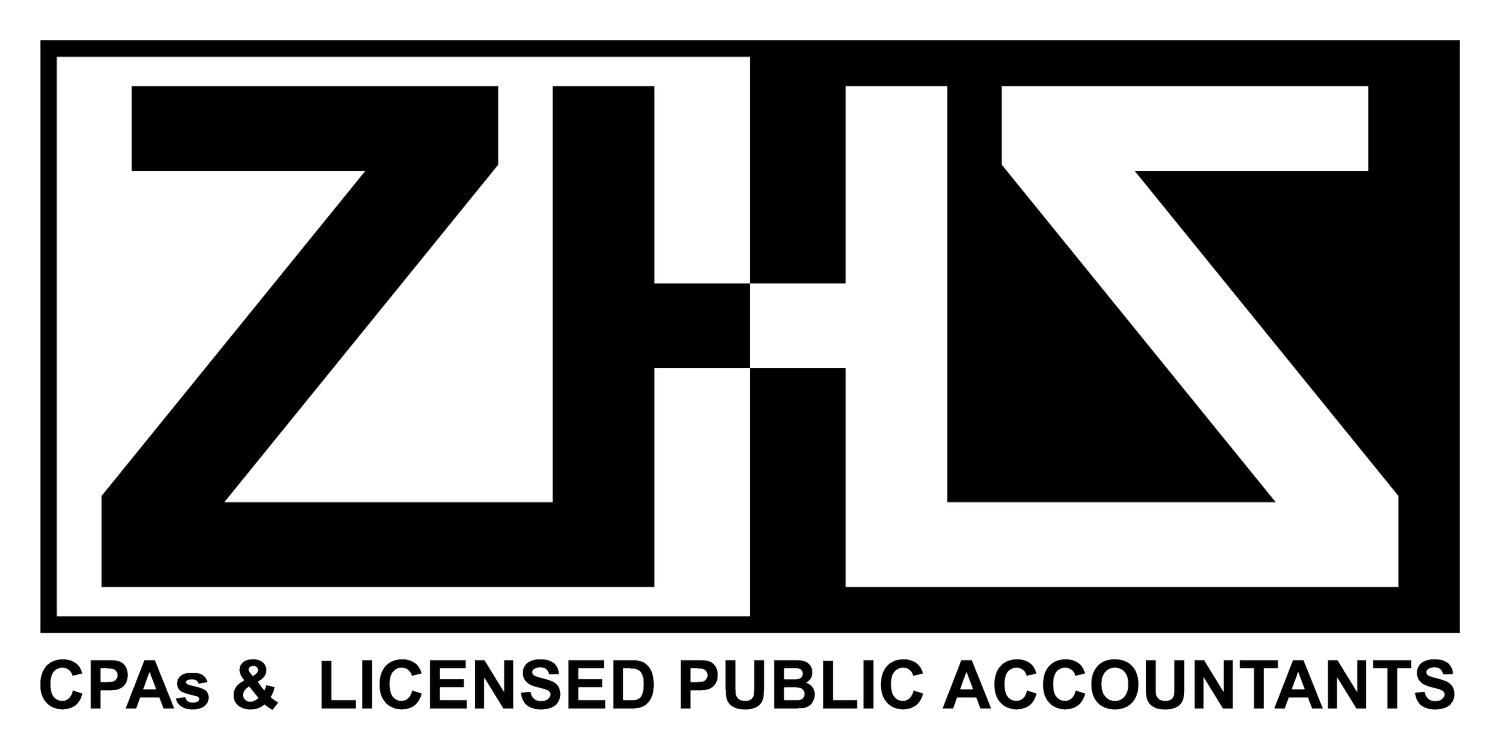How to Get Out of Student Debt in Canada
Student debt is a huge issue facing young people in Canada today. According to Statistics Canada, the average graduate leaves school with over $28,000 in debt.
That's a lot of money to pay back, especially when you're just starting out in your career. The good news is that there are ways to get out of debt and on the road to financial freedom. Here are some tips on how to do just that.
1. Create a budget and stick to it.
The first step to getting out of debt is creating a budget and sticking to it. This means knowing exactly how much money you have coming in each month and where it's all going.
Track your spending for a few months so you can see where you can cut back and put that extra money towards your debt. There are lots of helpful budgeting apps and tools out there to make this process easier.
2. Make more money.
If you can find ways to boost your income, you'll be able to pay off your debt even faster. If you have any equity in your home, you could consider taking out a line of credit or HELOC (home equity line of credit) and using that money to pay off your student loans.
You could also get a part-time job or pick up some freelance work on the side. Any extra money you can bring in will help speed up the process of getting out of debt.
3. Snowball method.
The snowball method is a popular debt repayment strategy that involves paying off your debts from smallest to largest, regardless of interest rate.
The idea behind this method is that by tackling your smaller debts first, you'll get some quick wins under your belt which will give you the motivation to keep going until all your debts are paid off.
Once you've paid off your smallest debt, you'll use the money you were putting towards that payment towards your next smallest debt, and so on until all your debts are gone. This method can be very effective in helping you stay motivated while paying off your debts.
4. Attack the highest interest rate first.
Another popular repayment strategy is attacking the highest interest rate debt first. This method makes sense from a purely financial standpoint because it will save you the most money in interest over time.
However, some people find it more motivating to tackle their smaller debts first using the snowball method. It's really up to you about which method works better for you and helps keep you motivated to pay off your debts.
5. Refinance your loans.
If you have private student loans, one option to consider is refinancing them. This basically means taking out a new loan with a lower interest rate to pay off your existing loans.
This can save you a considerable amount of money in interest over time, but it's important to make sure you understand all the terms and conditions before refinancing any loans.
6. Talk to your lender about options.
If you're struggling to make payments on your student loans, don't just default. That will only make things worse. Instead, reach out to your lender and see what options are available.
You may be able to temporarily postpone payments or even qualify for loan forgiveness if you work in certain public service jobs.
7. Create a plan and stick with it.
Getting out of student loan debt takes time, patience, and perseverance. But if you create a budget, find ways to boost your income, and make regular payments, you'll be well on your way to financial freedom.

